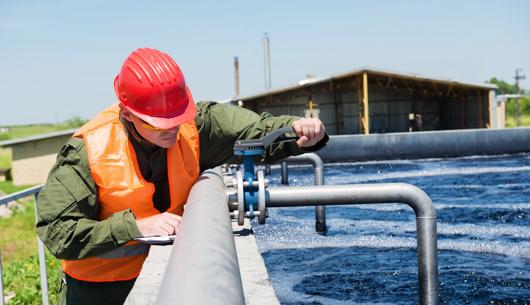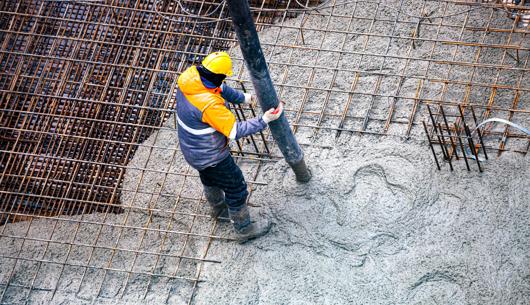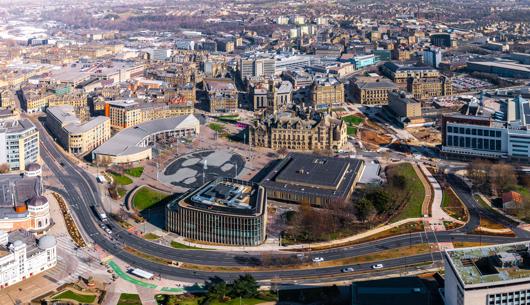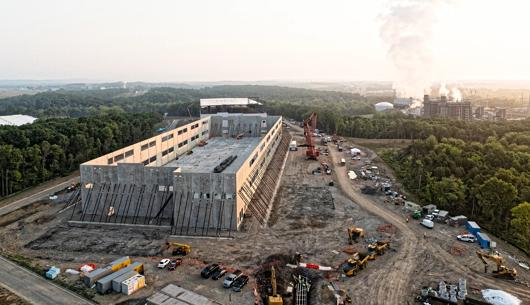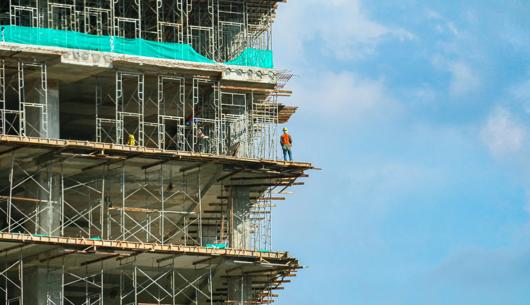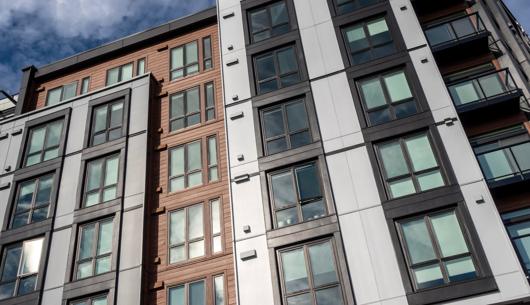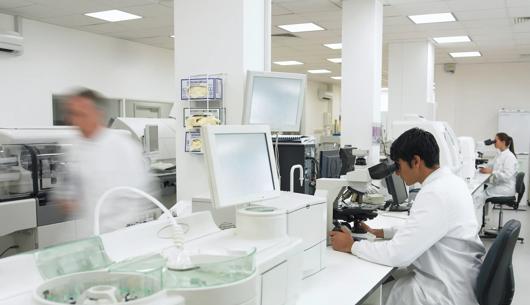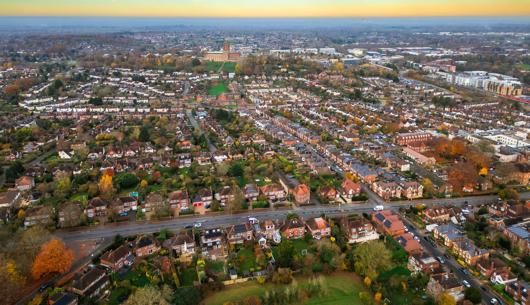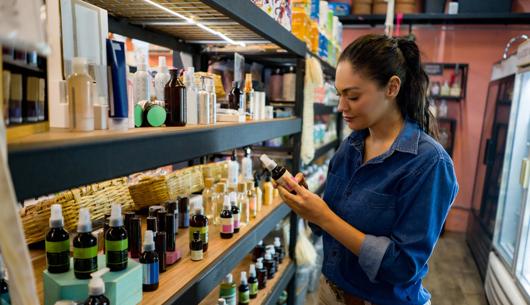The efforts of our NHS during the COVID-19 pandemic were rightly celebrated and showed the service at its finest with a vaccine roll-out that was genuinely world leading. However, the toll on resources has lasted well beyond the lockdown period and backlogs for routine procedures continue to remain a significant problem. Community Diagnostic Centres, first identified to deal with the backlog in cancer screening, are seen by the Government as vital in sorting this issue.
The NHS Long Term Plan in 2019 recognised the need for investment and reform of diagnostic services. Community Diagnostic Centres, then referred to as Community Diagnostic Hubs, were identified in the 2020 Richards report, “Diagnostics: Recovery and Renewal” and were focused on cancer treatment. These ‘one stop shops’ were intended to allow early diagnoses for patients - and swifter treatment. It was also hoped that by locating these facilities in the community, access would be improved to assist patients who might otherwise not be able to travel for such checks. The scope of services offered by Community Diagnostic Centres has grown extensively and by the end of 2022, 92 centres were open with a further 13 planned for this year and another 150 potentially being open by the end of 2025. The Government highlights the fact that Community Diagnostic Centres “are based in convenient locations such as shopping centres and football stadiums”.
Yet is that really the case, or could more be done to really deliver on the ‘community’ aspect of Community Diagnostic Centres? As identified by the Kings Fund, perhaps as few as one in five of the centres can genuinely be said to be in the community. Having exacerbated the retail issue on our high streets, could the void space created by the pandemic be key to addressing the health issues it caused? Shopping centres and department stores offer ideal centrally located venues for Community Diagnostic Centres and this approach. For example, the top floor of the former Beales department store in Dorset has been adopted and converted into eye testing, breast screening and 16 clinical rooms. Whilst these types of premises don’t suit all types of diagnostic services (e.g. MRI scanners are very heavy and their effectiveness can be affected by building vibrations), collaboration between local government and the NHS could present real opportunities for them both. Vacant department stores, and retail space generally are an issue that local authorities are looking to address and yet the NHS is still in need of space from which to open Community Diagnostic Centres. Each party needs to be aware of how they can marry up the opportunity with the demand.
This collaborative working could be a real demonstration of the benefits of the recently created Integrated Care Boards. Through the representation of all relevant stakeholders these statutory bodies are ideally situated to identify opportunities to put Community Diagnostic Centres where they are most needed.
The pandemic also exposed the relative health issues of the British population compared to other countries, with Scandinavian countries regularly highlighted in articles. Given the economic costs of addressing long-term conditions, improving health outcomes across the country has clear benefits to society, both in terms of the cost of delivery and lost working days. Therefore, should the ambitions go wider than just diagnostics?
If bringing health to the high street can prove effective in the world of diagnostics, then why not with treatment too? Identifying health issues is only the first step in the pathway and does not itself lead to a positive outcome for the patient. Are difficulties in travelling to a hospital site going to be any different for treatment than they apparently are for diagnoses? Clearly if Community Diagnostic Centres are to genuinely become a ‘one stop shop’ then the ability to offer treatment in addition to diagnostics is crucial to that aim – although they will need to change their name!
As a firm with a long history of advising clients in the government and health sectors we too are committed to playing our role in connecting organisations to deliver solutions benefiting our communities.
We are holding a roundtable in June to explore the challenges faced by the NHS and independent sector partners when finding locations for a Community Diagnostic Centres. Given the focus for Community Diagnostic Centres to ideally be situated away from traditional hospital sites, whilst acknowledging the access and structural requirements needed for large scanners (and the parking requirements for patients), the aim is to discuss with NHS providers, independent sector providers, developers, property consultants and those involved in town regeneration, where the future locations for Community Diagnostic Centres should be.
If you are interested, please do let us know and we will share our findings with you following the event.

Victoria Thourgood
Partner
victoria.thourgood@brownejacobson.com
+44 (0)330 045 2208



